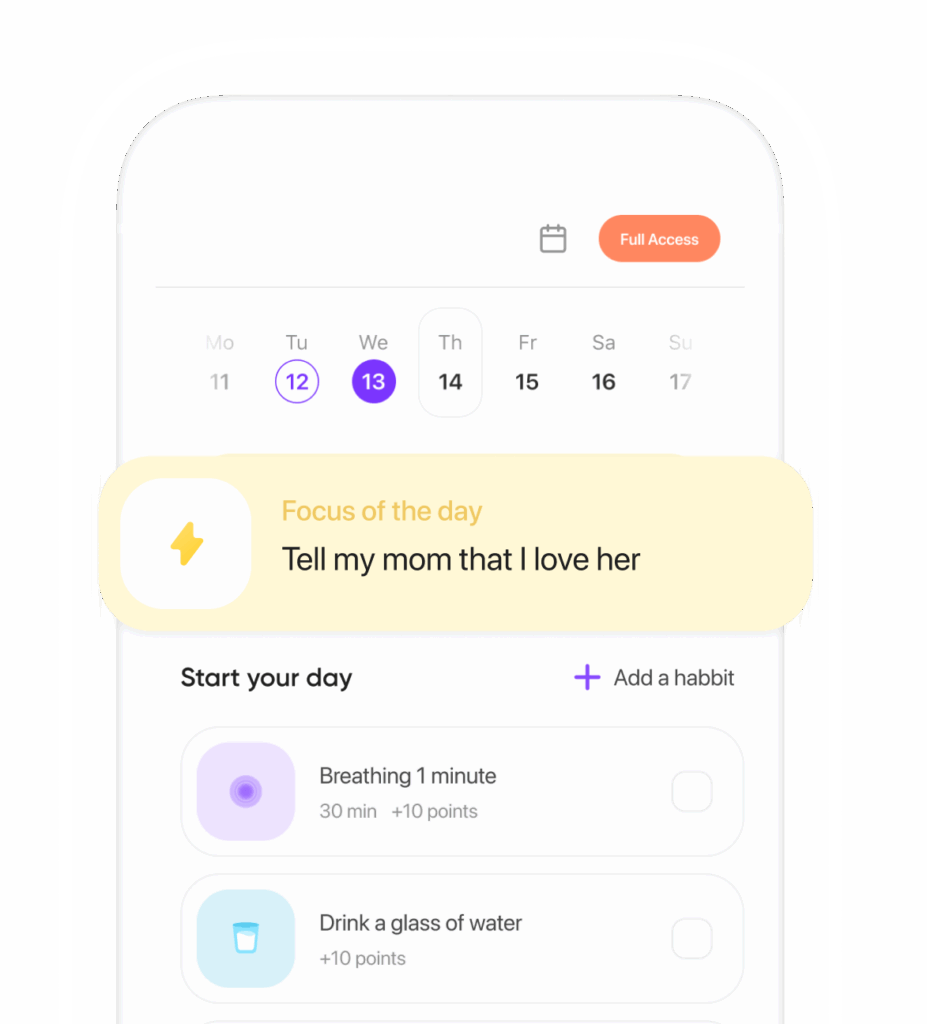Table of Contents
- What is Sensory Overload?
- Common Triggers of Sensory Overload
- Strategies for Sensory Overload Relief
- Support Systems and Professional Help
- Emerging Research and Innovations
- Conclusion
- References
What is Sensory Overload?
Imagine standing in the middle of Times Square during rush hour. Now, magnify that sensory input — the honking horns, blaring screens, overwhelming scents. For those with Autism Spectrum Disorder (ASD), sensory overload often feels like this but without a pause button. It happens when the brain cannot sieve through excessive sensory information, overwhelming the system. Ever felt drowning in a flood of stimuli? Well, for individuals with ASD, this isn’t uncommon. As reported by the “Journal of Autism and Developmental Disorders”, around 90% of children with ASD deal with such sensory challenges.
Common Triggers of Sensory Overload
- Auditory Stimuli: Those clattering sirens or chattering crowds? They can turn a peaceful day into chaos.
- Visual Stimuli: Think of those flashing neon lights or cluttered visual spaces.
- Tactile Stimuli: The gentle brush of a sweater that feels more like sandpaper? That’s a tactile nightmare.
- Olfactory Stimuli: Imagine powerful perfumes or cleaning products so strong they make your head spin.
- Gustatory Stimuli: Imagine textures in foods so unfamiliar, they induce more than just a grimace.
Strategies for Sensory Overload Relief
- Creating a Controlled Environment
- Quiet Spaces: A peaceful escape — a sanctuary to retreat during a storm of sensory inputs. It’s best kept simple, devoid of noise and harsh lights.
- Noise-Canceling Headphones: These can be essential in bustling places, quieting the world and bringing focus back.
- Sensory Tools and Toys
- Weighted Blankets: Still think they’re just a trend? As noted by the “American Journal of Occupational Therapy”, these blankets can offer a soothing touch, relieving anxiety.
- Fidget Toys: Little gadgets like stress balls redefine fidgeting, turning stress into tactile relief.
- Mindfulness and Relaxation Techniques
- Deep Breathing Exercises: Think of these as your personal reset button, easing tension and anxiety.
- Guided Meditation: With apps like Calm or Headspace, you’re one download away from a window to peace.
- Dietary Considerations
- Balanced Nutrition: What you eat can fortify the mind. Omegas in fish and magnesium in seeds are more than nutrition; they’re allies.
- Hydration: Skipping water? That could only worsen the sensory rollercoaster.
Support Systems and Professional Help
Therapeutic Interventions
- Occupational Therapy: It’s not just appointments, but pathways to manage sensory hurdles.
- Cognitive Behavioral Therapy (CBT): It equips tools not just for understanding emotions but mastering them.
Parental and Caregiver Support
- Education and Training: Knowledge isn’t just power; it’s a lifeline for caregivers aiming for supportive atmospheres.
- Support Groups: Shared stories and experiences? They’re not just informative—they’re lifelines.
Emerging Research and Innovations
Venturing into new horizons, research is delving into VR technology, a promising space where controlled environments could help individuals slowly adapt to stimuli. And let’s not forget studies around neurofeedback, showing potential in enhancing sensory processing. It’s an exciting frontier.
Conclusion
Life with ASD, coupled with sensory overload, can feel like a maze. But equipped with understanding and the right strategies, navigating it becomes possible. Tailoring environments, using the right tools, and seeking professional aid can significantly ease these challenges. It all starts with understanding—because, in the end, that’s where change begins.
Take the plunge today into sensory-friendly practices. It’s not just about managing; it’s about transforming experiences for the better.
References
- Ben-Sasson, A., et al. (2009). “A meta-analysis of sensory modulation symptoms in individuals with autism spectrum disorders.” Journal of Autism and Developmental Disorders.
- Zissermann, L. (1992). “The effects of weighted vest on self-stimulatory behaviors in autism: A single subject investigation.” American Journal of Occupational Therapy.
- Maskey, S., et al. (2019). “Virtual reality environments for social skills training in young people with autism spectrum disorder: a review.” Journal of Autism and Developmental Disorders.
Ready to transform your life? Install now ↴
Join 1.5M+ people using AI-powered app for better mental health, habits, and happiness. 90% of users report positive changes in 2 weeks.
